The history of the American soda shop
There was a time when soda shops were the heart and soul of American communities. These vibrant spots offered a sweet escape and a refreshing drink at the end of a long day.
With their checkerboard floors and neon signs, soda shops became iconic symbols of Americana. People of all ages flocked to these establishments, not just for the fizzy drinks, but for the camaraderie and charm that these shops exuded.
The Birth of Soda: How Carbonated Water Became a Sensation
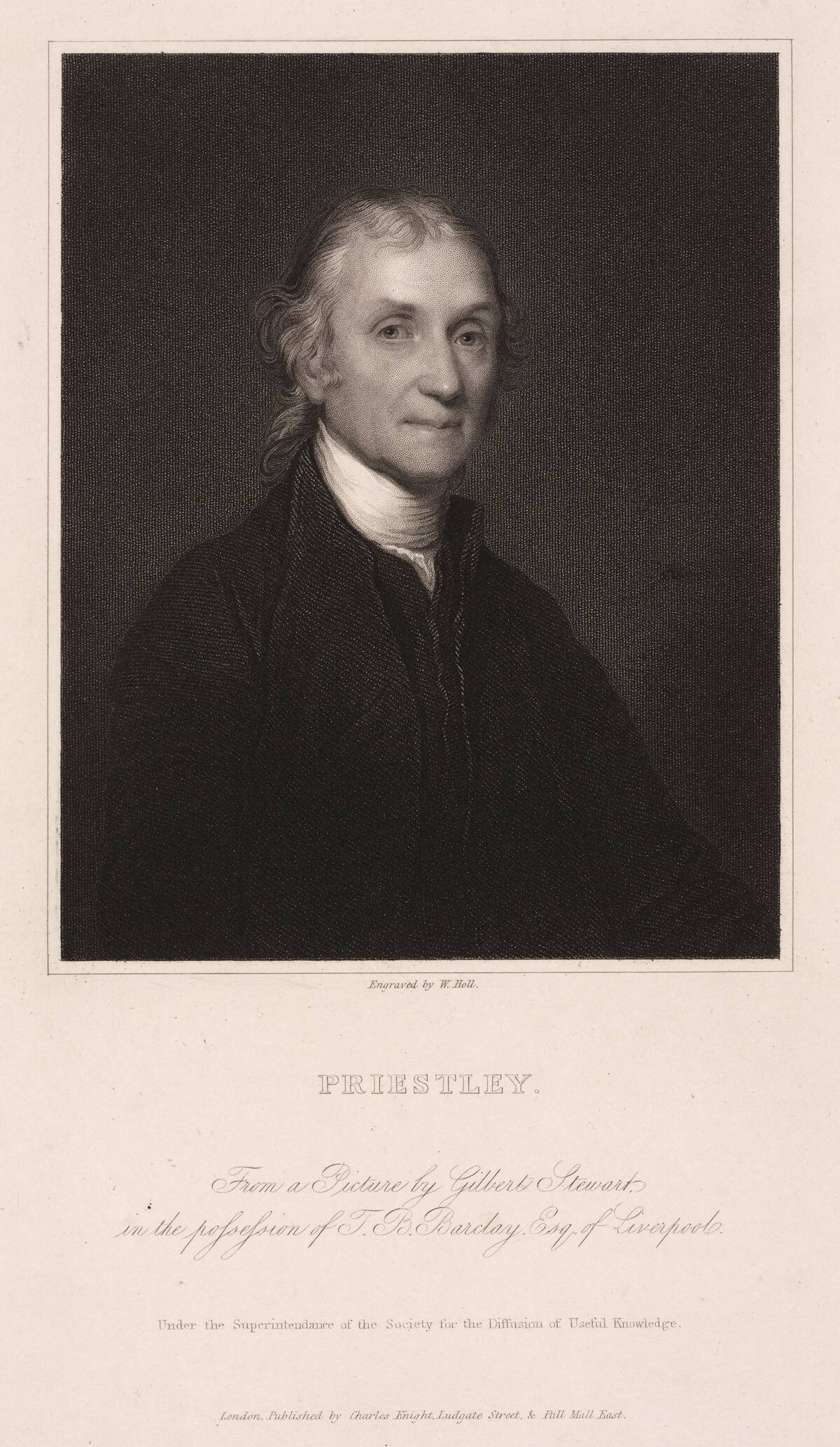
The tale of soda begins in the 18th century with the discovery of carbonated water. Joseph Priestley, an English chemist, invented a method of infusing water with carbon dioxide in 1767.
This fizzy concoction quickly caught on as a refreshing novelty. By the early 1800s, entrepreneurs in Europe and the United States were experimenting with flavored syrups, giving birth to the first sodas that would eventually sweep the nation.
Early Beginnings: The Rise of Soda Fountains in the 19th Century
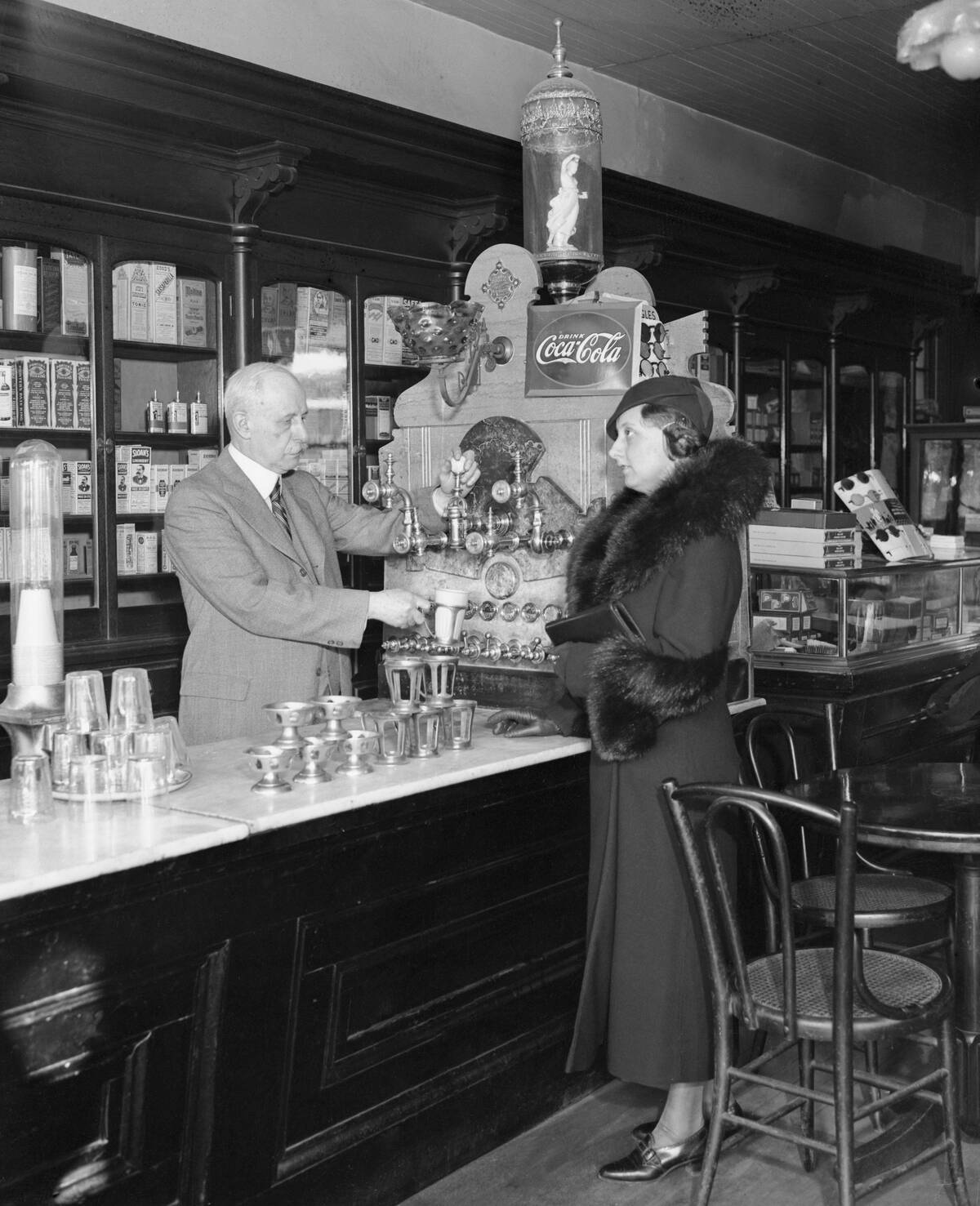
In the 19th century, soda fountains became a staple in drugstores across America. These elaborate fixtures were often made of marble and featured intricate metalwork. As the technology to produce carbonated water improved, so did the popularity of soda fountains.
They evolved into social hubs, where people gathered to enjoy a sweet treat and engage in lively conversation. The rise of soda fountains marked the beginning of America’s love affair with bubbly beverages.
The Pharmacist Connection: Medicine and Refreshment Combined
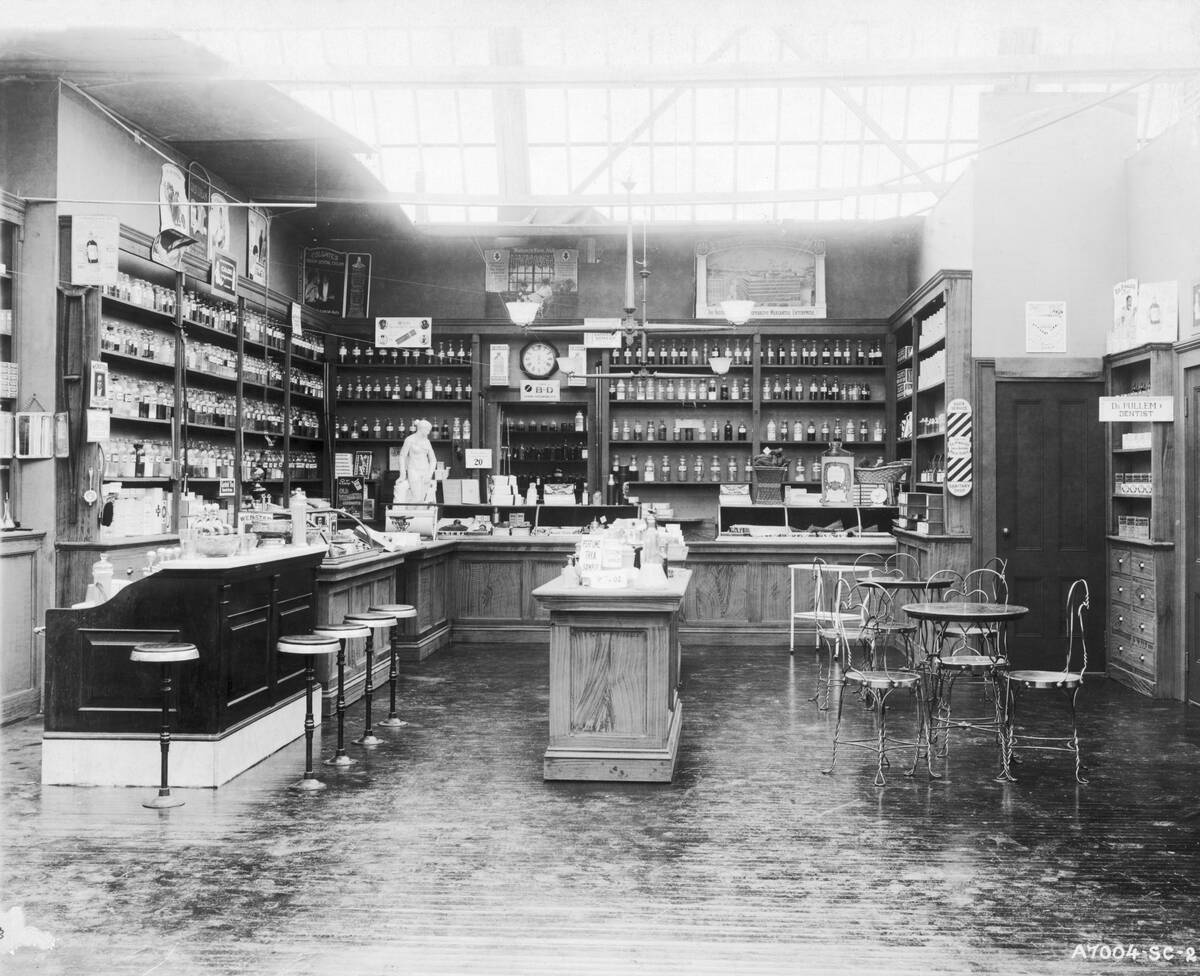
Many early soda fountains were located in pharmacies due to the belief that carbonated water had health benefits. Pharmacists played a crucial role in the soda industry’s growth by creating unique syrup flavors.
Some of these flavors were initially intended as medicinal tonics. Coca-Cola, for example, was invented by pharmacist John Pemberton in 1886 as a cure-all elixir. This connection between medicine and refreshment added an intriguing layer to the soda shop experience.
The Golden Era: Soda Shops in the Early 20th Century
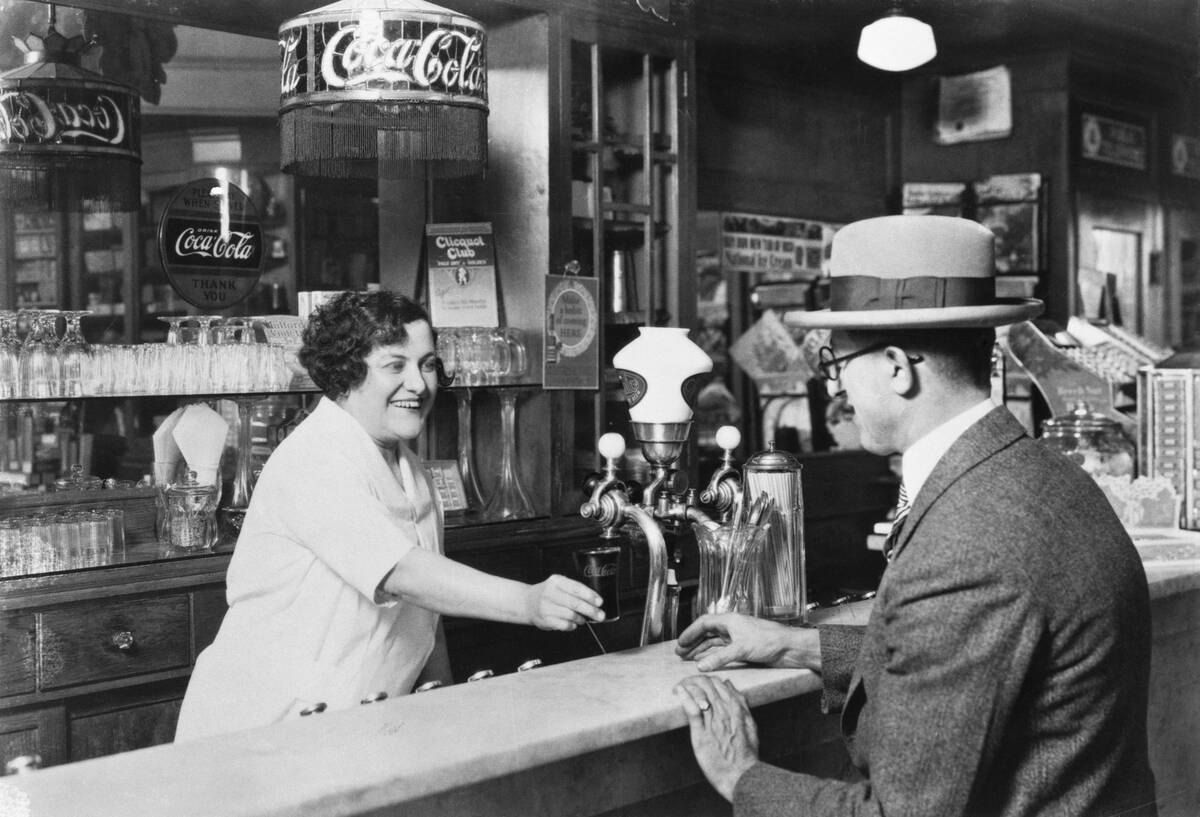
The early 20th century marked the golden era of soda shops. These establishments were an integral part of community life, offering a delightful mix of socializing and indulgence. Soda shops began to incorporate more elaborate decor, with gleaming countertops and colorful booths.
The popularity of these shops soared, providing a perfect backdrop for first dates and friendly gatherings. They became emblematic of a simpler, more carefree time in American history.
Iconic Drinks: From Egg Creams to Phosphates
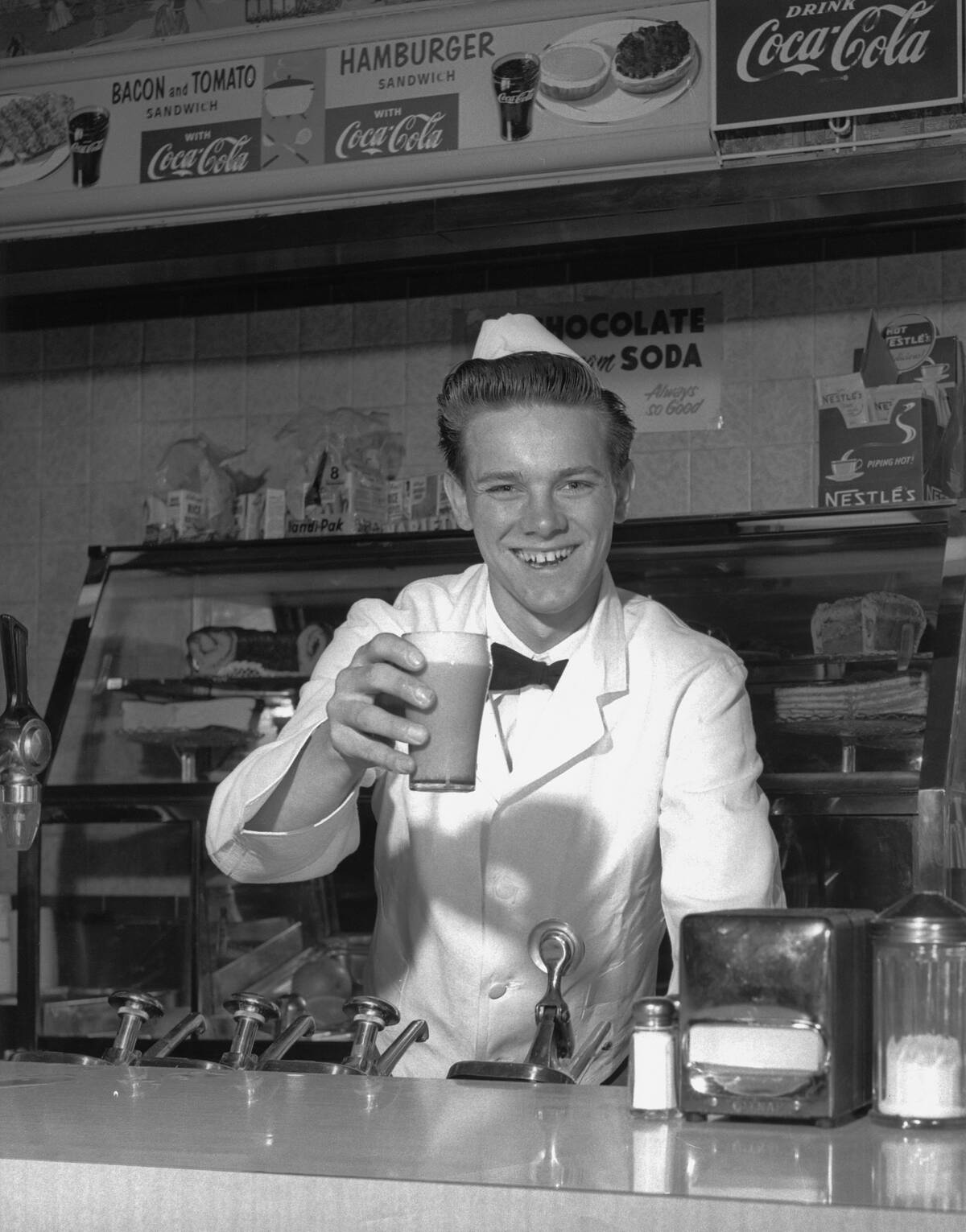
Soda shops were known for their inventive drinks, with egg creams and phosphates being among the most iconic. The egg cream, despite its name, contains neither egg nor cream; it’s a delightful mix of milk, seltzer, and chocolate syrup.
Phosphates, on the other hand, added a tangy twist to sodas with a splash of acid phosphate. These unique concoctions highlighted the creativity and flair that soda jerks brought to their craft.
Soda Jerks: The Skilled Showmen Behind the Counter
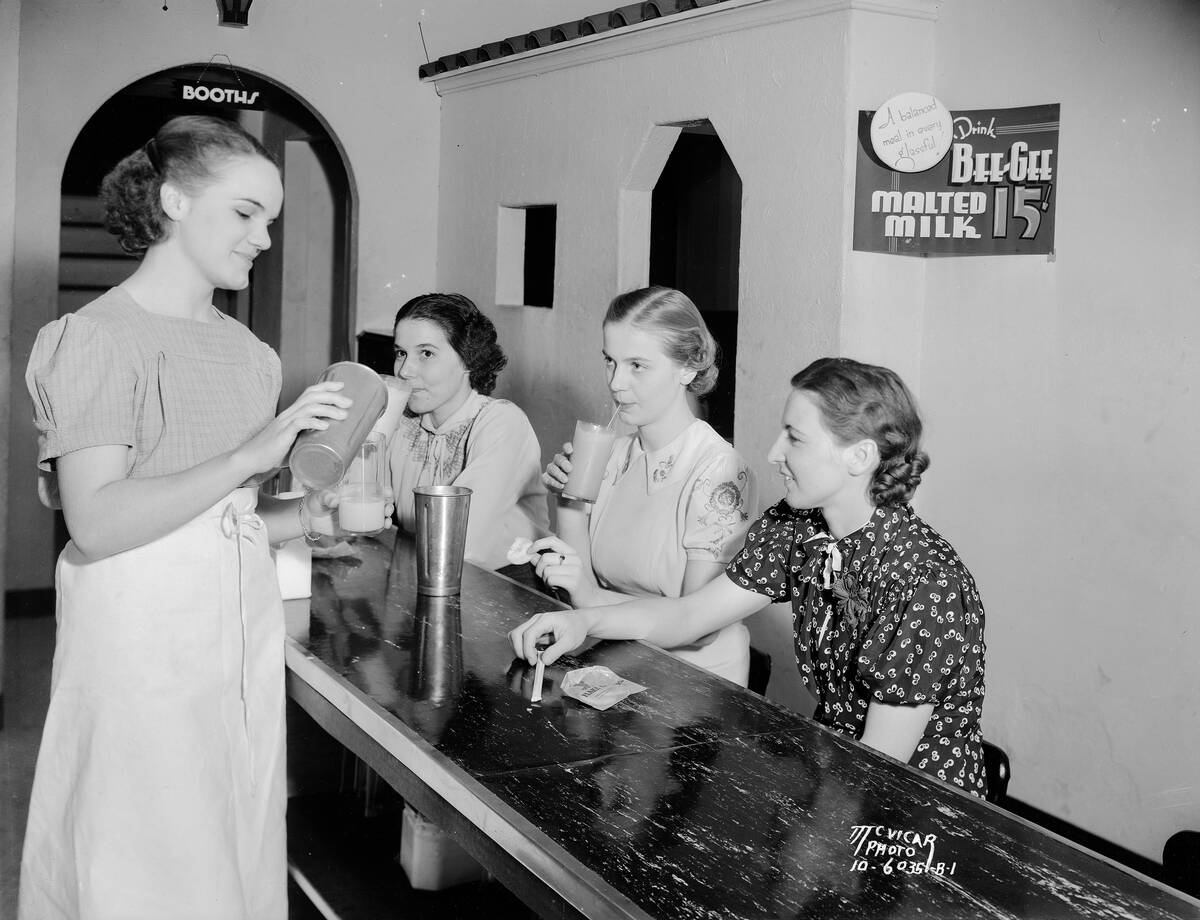
Soda jerks were the charismatic stars of soda shops, known for their deft hands and engaging personalities. They earned their name from the jerking motion used to pull the soda fountain’s handle.
With a flair for showmanship, soda jerks could whip up a perfect drink while entertaining patrons with their quick wit. Their skillful mixology and friendly banter were key to the soda shop’s enchanting charm, making each visit an experience to remember.
A Social Hub: Soda Shops as Community Gathering Spots
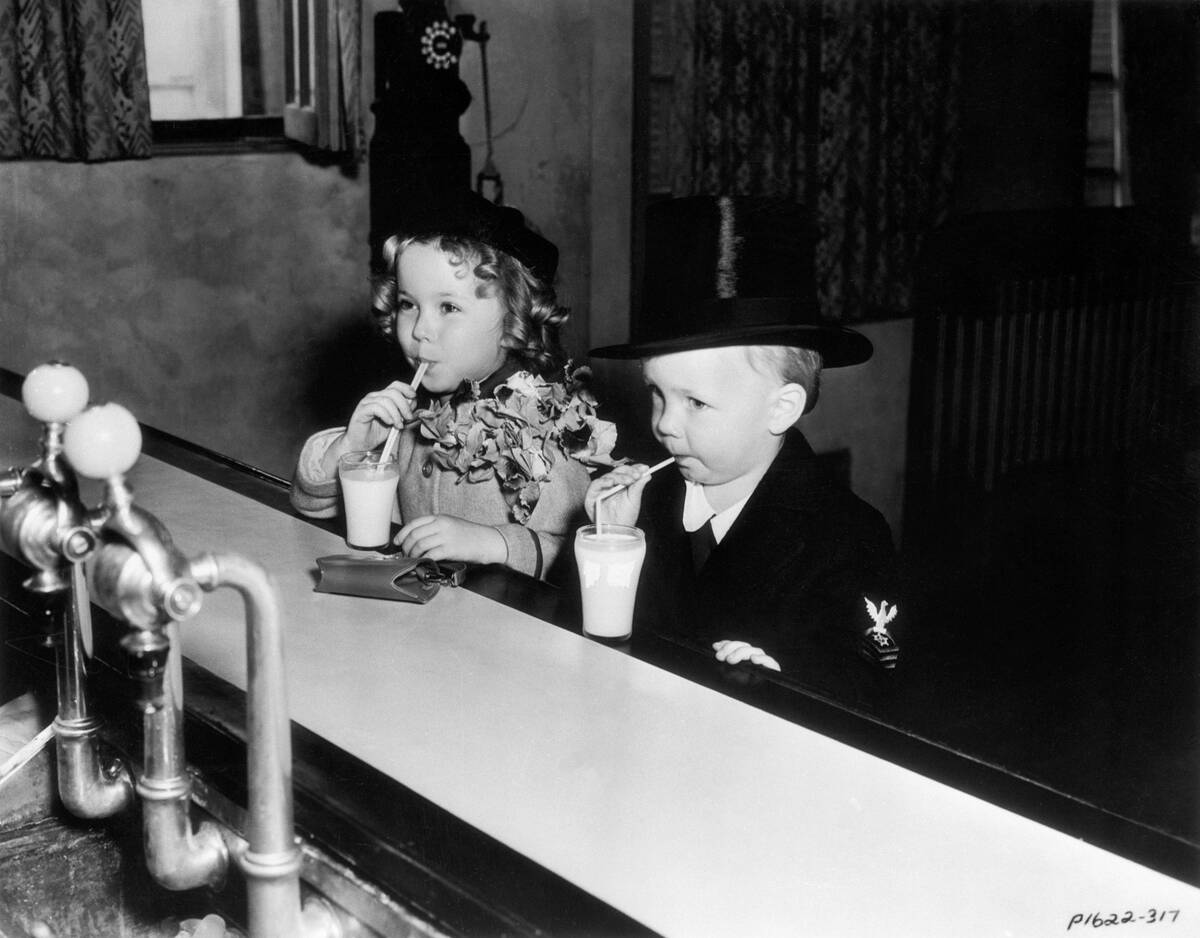
Soda shops were more than just places to grab a drink; they were essential community gathering spots. Whether it was teens hanging out after school or families stopping by on a Sunday afternoon, soda shops were a nucleus of social life.
They provided a welcoming environment for people to connect, share stories, and create memories. In an era before digital communication, these shops served as vital links in the social fabric of their communities.
The Role of Prohibition: Soda Shops Fill the Void
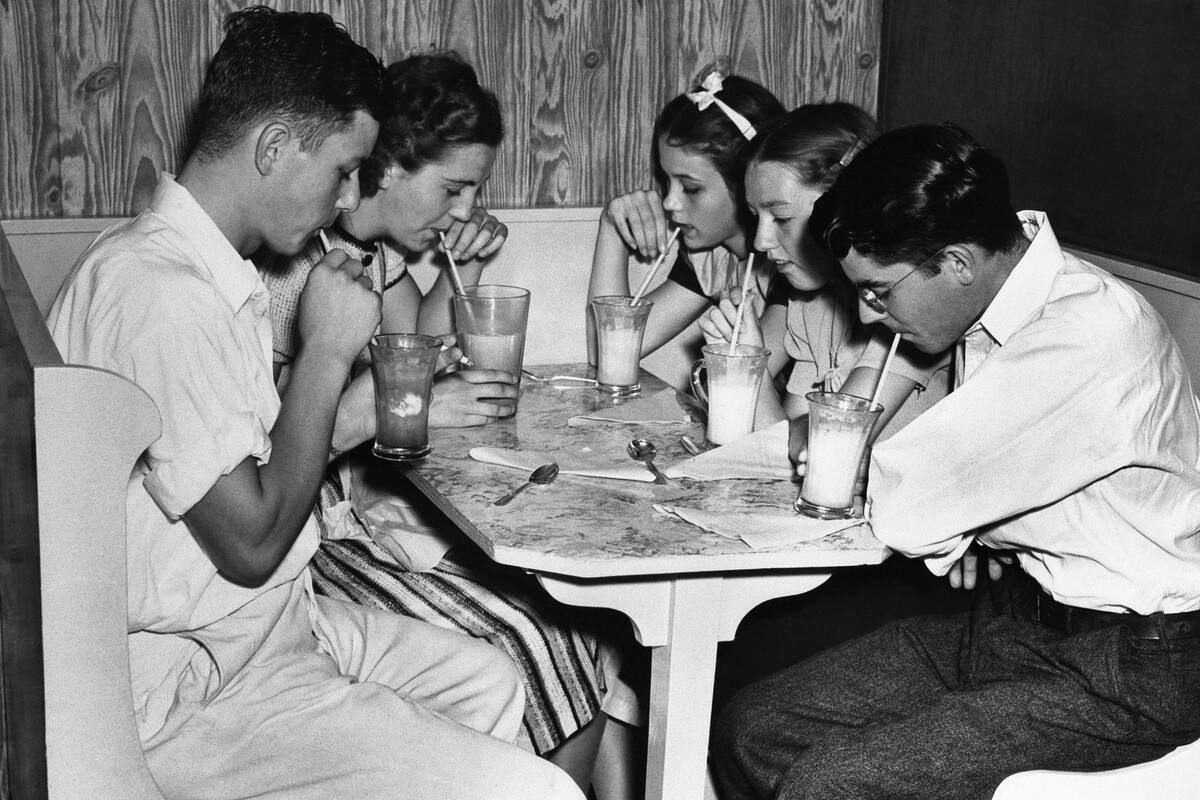
Prohibition in the 1920s led to a surge in the popularity of soda shops. With alcohol banned, Americans sought out alternative social venues, and soda shops stepped in to fill the void. They offered a legal and enjoyable place to gather, complete with inventive non-alcoholic drinks.
This era saw the introduction of elaborate ice cream concoctions, as soda shops expanded their menus to attract a broader audience. Prohibition unwittingly fueled the soda shop boom.
Sweet Treats: The Introduction of Ice Cream and Sundaes
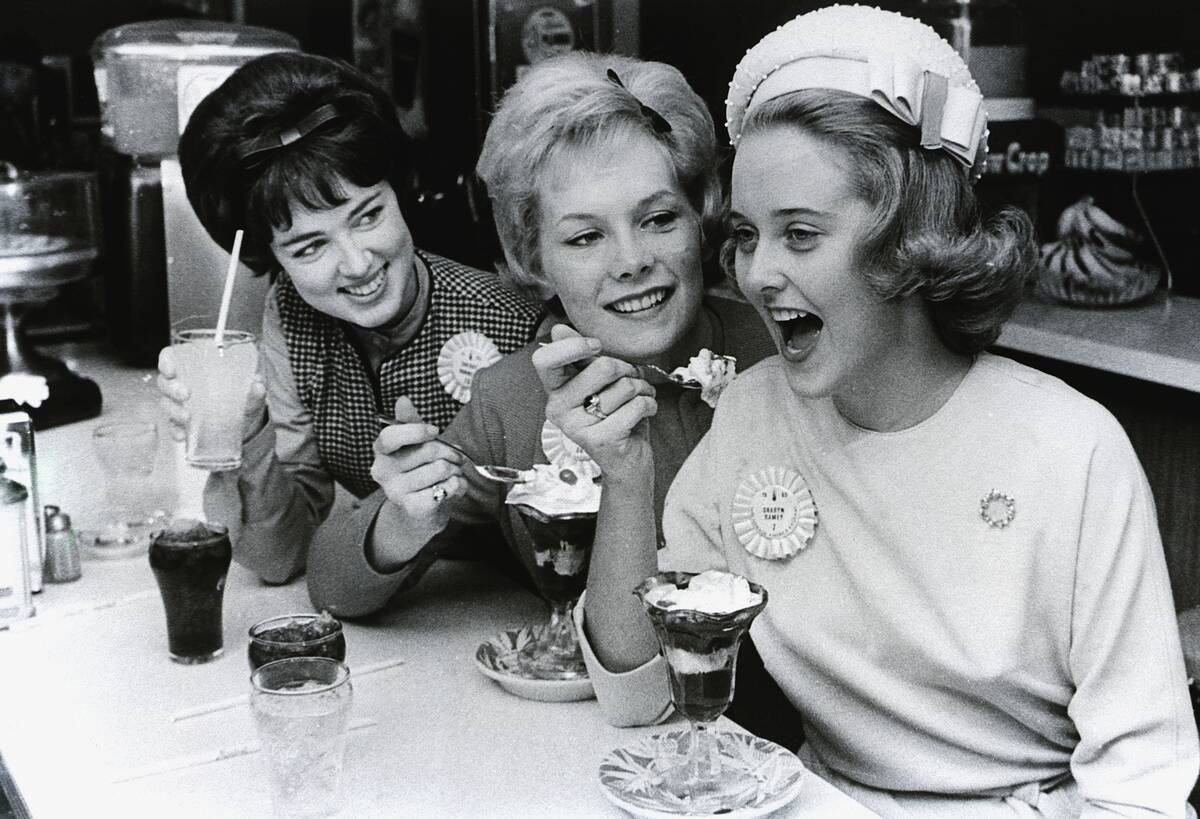
Ice cream and sundaes became soda shop staples, adding a sweet twist to the classic soda fountain experience. The sundae’s origin is shrouded in mystery, but it likely emerged in the late 1800s as a way to circumvent blue laws that prohibited selling soda on Sundays.
Soda shops quickly embraced these creamy delights, offering an array of toppings and flavors that delighted patrons. The combination of soda and ice cream became an irresistible treat.
The Impact of World War II: Changes in the Soda Shop Industry

World War II brought significant changes to the soda shop industry. With sugar rationing and other wartime restrictions, soda shops had to adapt their offerings. Many shops introduced new flavors and ingredients to maintain customer interest.
Despite these challenges, soda shops remained popular, providing a comforting respite from the uncertainties of war. They continued to be cherished community institutions, offering a taste of normalcy amidst the turmoil.
The 1950s Boom: Soda Shops and Post-War American Culture
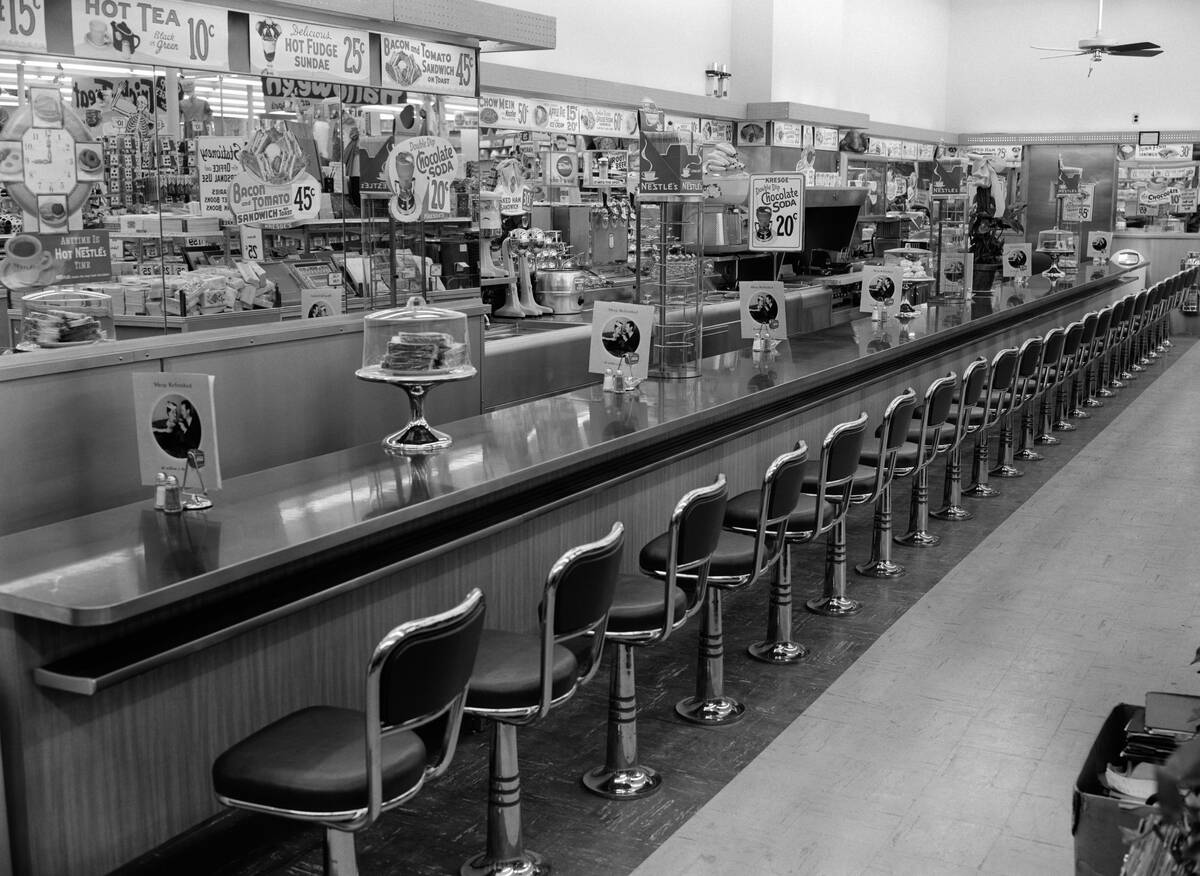
The 1950s saw a boom in soda shops as they became emblematic of post-war prosperity and optimism. With their jukeboxes and vibrant decor, soda shops epitomized the carefree spirit of the era.
They were popular hangouts for teenagers, who flocked to these venues to enjoy milkshakes and rock ‘n’ roll. Soda shops captured the essence of 1950s American culture, serving as lively backdrops for the decade’s burgeoning social scene.
The Decline: How Fast Food Chains Changed the Game

The rise of fast food chains in the latter half of the 20th century spelled trouble for traditional soda shops. Chains offered quick and convenient options that appealed to the changing lifestyles of Americans. As people became busier, the leisurely charm of soda shops lost its appeal.
Many beloved soda shops closed their doors, unable to compete with the speed and efficiency of fast food. This shift marked the end of an era for these cherished establishments.
Nostalgia and Revival: Modern Takes on Classic Soda Shops
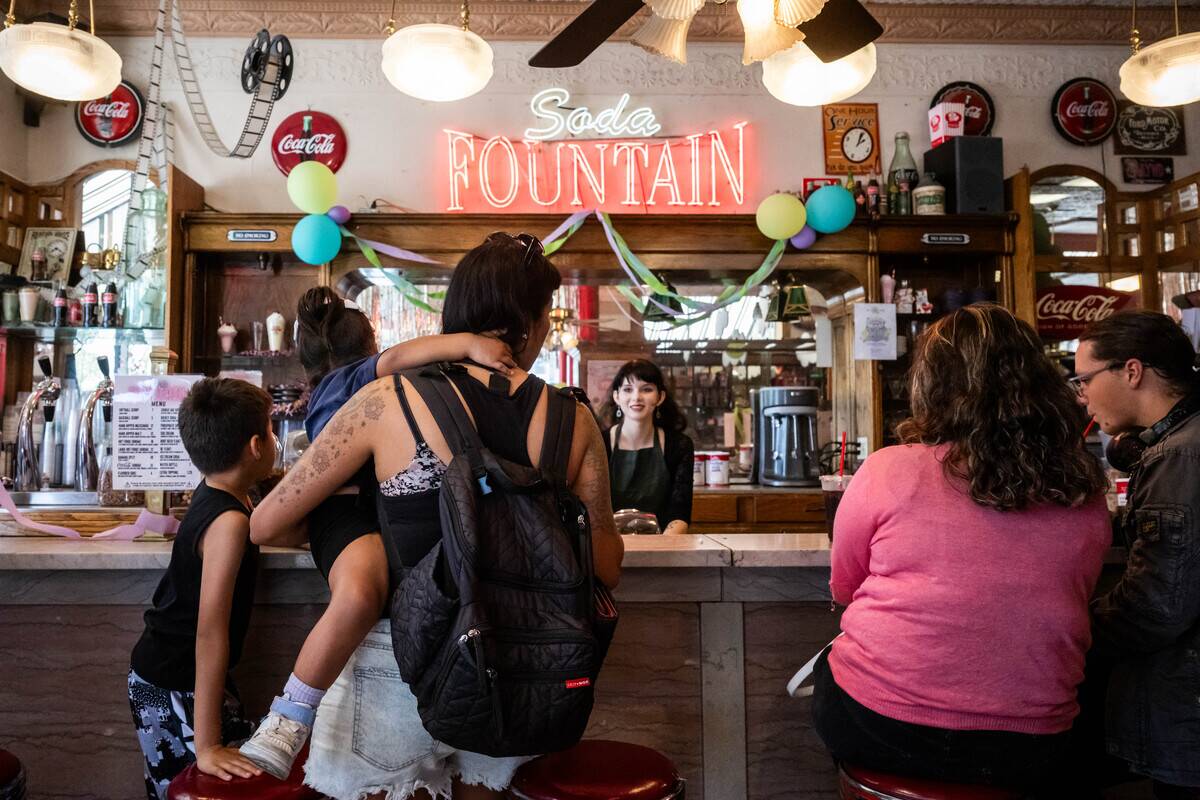
Despite their decline, soda shops have seen a resurgence in recent years, fueled by nostalgia and a desire for authentic experiences. Modern soda shops blend vintage charm with contemporary twists, offering artisanal sodas and gourmet ice cream.
These revived venues capture the essence of old-fashioned soda shops while appealing to new generations. As people seek out unique and memorable dining experiences, soda shops are once again finding their place in the culinary landscape.
The Global Influence: Soda Shops Around the World
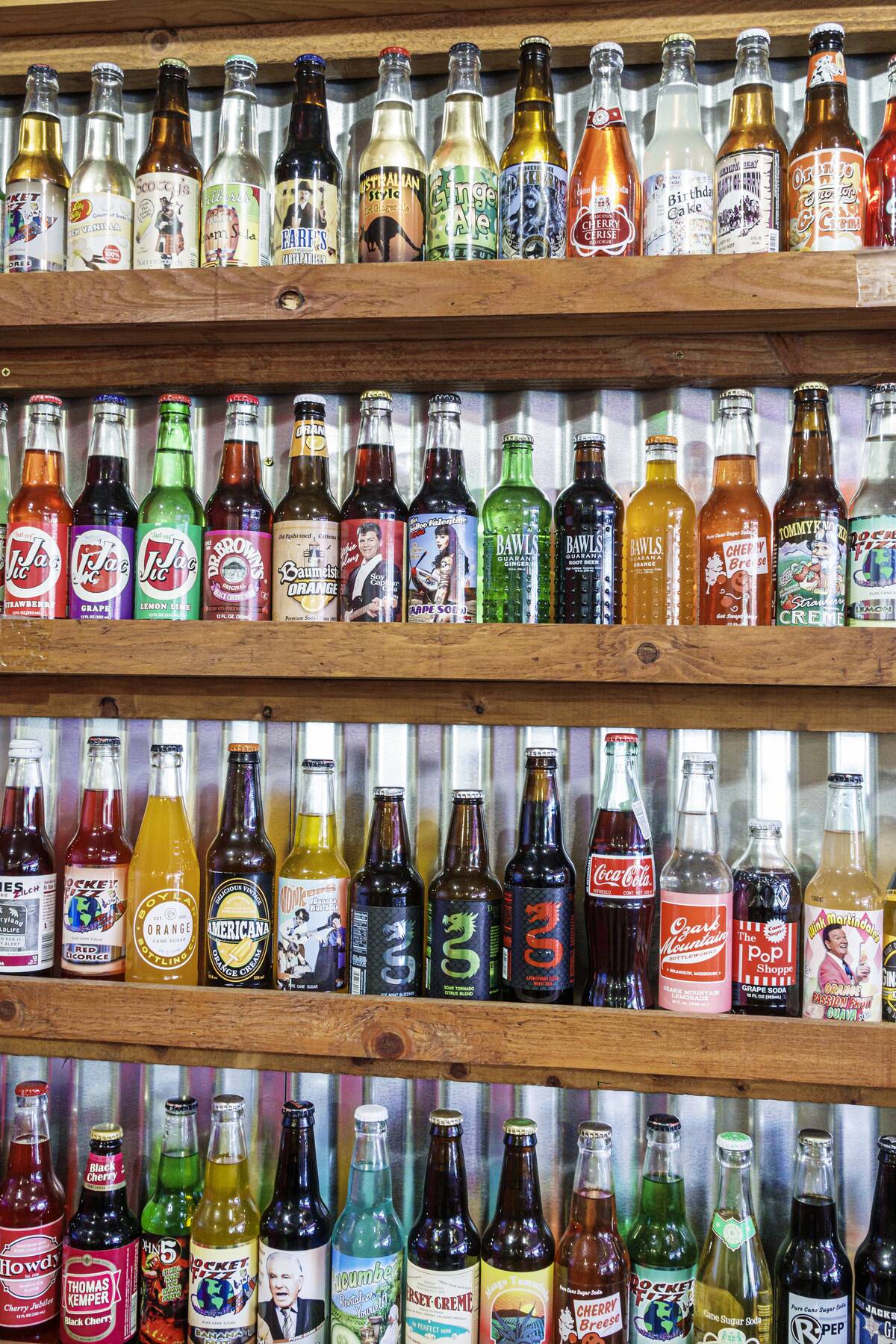
Soda shops aren’t just an American phenomenon; their influence has spread worldwide. In countries like Japan and Italy, soda shops have been embraced with local twists, offering unique flavors and experiences. International soda shops blend cultural influences with classic elements, creating a global tapestry of soda traditions.
This cross-cultural appeal demonstrates the universal allure of soda shops, as they continue to delight patrons around the globe with their effervescent charm.
Fun Facts: Quirky Tidbits About Soda Shop History

Soda shop history is filled with quirky tidbits that delight enthusiasts. Did you know that the term “soda jerk” originated from the jerking motion used to operate the soda fountain? Or that the first ice cream soda was reportedly invented by accident in 1874 when a Philadelphia vendor ran out of cream and substituted ice cream?
These fun facts add a playful dimension to the soda shop narrative, highlighting the creativity and serendipity that defined this beloved institution.



